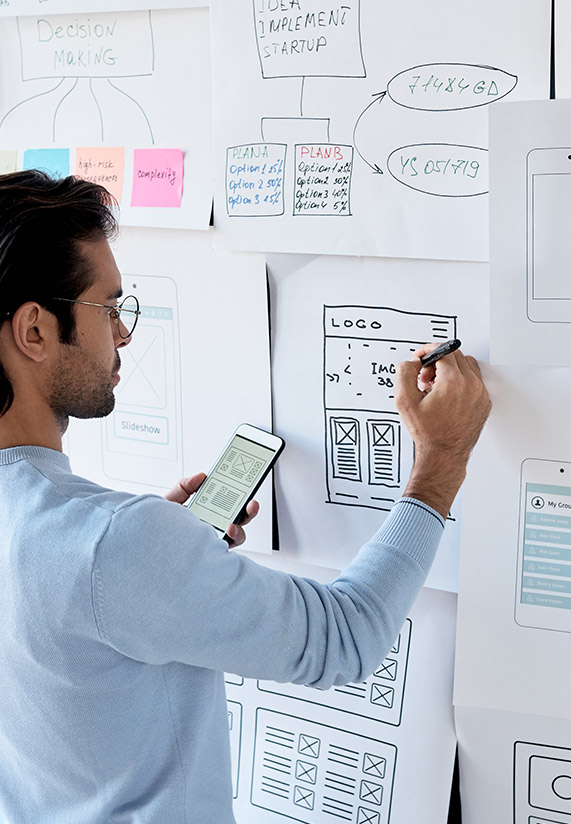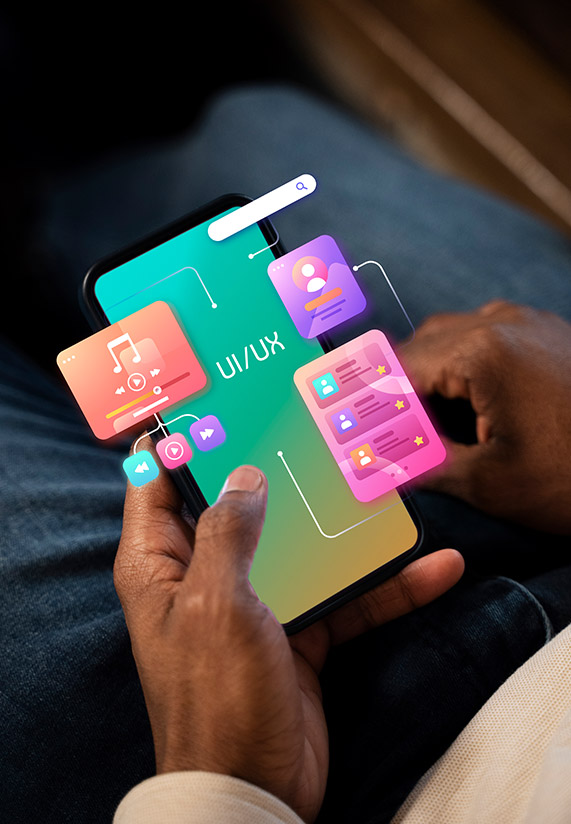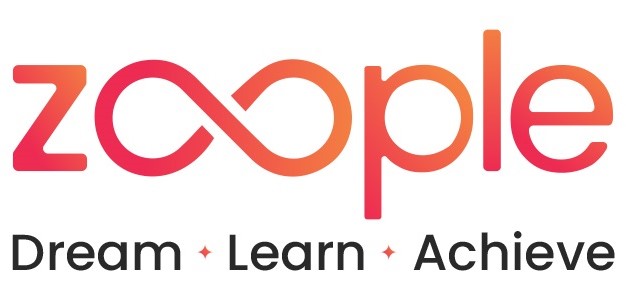Evolution of UI/UX Design Trends
In today’s fast-paced digital world, the design landscape is in a constant state of flux. User Interface (UI) and User Experience (UX) design are at the forefront of this evolution, shaping the way we interact with technology. As we dive into the depths of the digital age, it becomes increasingly vital to explore how UI/UX design trends have evolved over time. This journey takes us through the past, present, and future of UI/UX design, with a particular focus on the vibrant scene in Kochi, where institutions like Zoople Technologies offer top-notch UI/UX design training.
The Birth of UI/UX Design
To understand the evolution of UI/UX design, we must first look back to its origins. In the early days of computing, user interfaces were primarily text-based and required users to input complex commands. There was little emphasis on aesthetics or user-friendliness. As technology advanced, however, so did the need for more intuitive interfaces.
The 1980s saw the emergence of graphical user interfaces (GUIs), popularized by Apple’s Macintosh. This marked the beginning of a significant shift towards user-centric design. The concept of User Experience (UX) was born, focusing on creating interfaces that were not only visually appealing but also user-friendly and efficient.
The Rise of Web Design
As the internet exploded in popularity during the 1990s, web design became a crucial aspect of UI/UX design. The web introduced new challenges, such as the need for responsive design to accommodate various screen sizes and devices. This era witnessed the birth of HTML and CSS, laying the foundation for modern web design.
The Mobile Revolution
The 2000s brought about another seismic shift in UI/UX design with the advent of smartphones. Mobile devices presented unique challenges and opportunities, pushing designers to create touch-friendly, mobile-responsive interfaces. This era saw the rise of app design, with Apple’s App Store leading the way.
The Current Landscape
In recent years, UI/UX design has continued to evolve. Flat design, characterized by minimalist aesthetics and clean lines, gained popularity. Material design, introduced by Google, brought a sense of depth and realism to interfaces. Dark mode became a prevalent feature, catering to user preferences and device capabilities.
Accessibility and inclusivity have also gained prominence in the UI/UX design community. Designers are increasingly aware of the need to create interfaces that can be used by people with disabilities, making technology more inclusive for all.



The Role of UI/UX Design Training in Kochi
Kochi, a bustling tech hub in India, has not been immune to these global design trends. Institutions like Zoople Technologies have played a pivotal role in nurturing local talent and contributing to the evolution of UI/UX design.
UI UX Design Training in Kochi
UI/UX design training in kochi has witnessed exponential growth in recent years. Zoople Technologies, a renowned institution in the heart of the city, has been at the forefront of this transformation. Offering comprehensive UI/UX design course in kochi, Zoople Technologies has been instrumental in producing skilled designers who are well-equipped to tackle the ever-changing design landscape.
These courses cover a wide range of topics, including the fundamentals of design principles, usability testing, user research, and the latest design tools and software. Students are encouraged to work on real-world projects, giving them practical experience and a competitive edge in the job market.
Future Trends in UI/UX Design
As technology continues to advance, UI/UX design will undoubtedly evolve further. Here are some trends that are likely to shape the future of design:
1. Augmented Reality (AR) and Virtual Reality (VR): AR and VR technologies are becoming more accessible, opening up new possibilities for immersive user experiences.
2. Voice User Interfaces (VUIs): With the increasing popularity of voice-activated devices like Siri and Alexa, designing for VUIs will become crucial.
3. AI-Powered Design: Artificial Intelligence (AI) will play a more significant role in automating repetitive design tasks, allowing designers to focus on creativity and problem-solving.
4. Ethical Design: Designers will need to consider the ethical implications of their work, including data privacy, accessibility, and the impact of design on society.
5. Sustainability: Sustainable design practices will become more prevalent as the world grapples with environmental issues. Designers will need to create eco-friendly solutions.
Conclusion
UI/UX design has come a long way from its humble beginnings. It has evolved alongside technology, responding to the ever-changing needs and expectations of users. In Kochi, institutions like Zoople Technologies have played a vital role in shaping the local design landscape by providing top-notch UI/UX design training.
As we look ahead, the future of UI/UX design promises exciting developments and challenges. Designers must continue to adapt and learn, staying attuned to emerging trends and technologies. With the right training and a passion for innovation, UI/UX designers in Kochi and beyond can navigate the ever-changing design landscape and contribute to creating better digital experiences for all.
